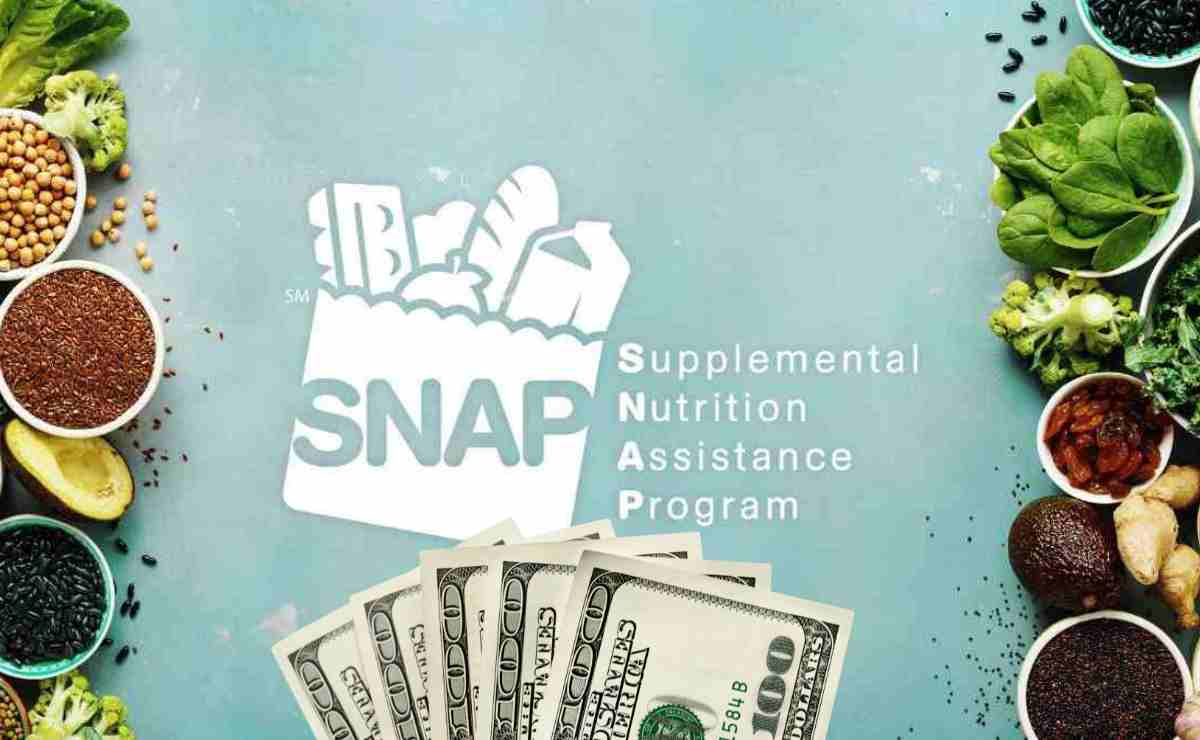When it comes to SNAP benefits, the amount distributed monthly can vary significantly from state to state. What one individual receives in one part of the country might be quite different from what another person gets elsewhere.
The Supplemental Nutrition Assistance Program (SNAP)
This program is funded by the federal government but managed by state and local authorities. Each month, the allocated amounts are loaded onto electronic benefit transfer (EBT) cards. These cards can be used at participating stores, making it easier for those with low or no income to buy essential groceries.
On average, each eligible household member in the U.S. receives around $212 per month in benefits. However, this amount can vary widely depending on the state. Some states offer considerably more, while others provide less.
In 2023, Hawaii stood out as the state offering the highest monthly food benefits, a single recipient in Hawaii received an average of $445 per month.
Overall, SNAP benefits are a crucial resource for many Americans, helping to alleviate food insecurity and support healthy living. Whether you live in a state that offers higher benefits or one with lower amounts, these resources play a vital role in ensuring access to essential groceries for those in need.
The Aloha State, known for its natural beauty and tropical climate, leads the nation in Supplemental Nutrition Assistance Program (SNAP) benefits. Following closely is Alaska, where the average monthly benefit is $376. Minnesota comes in third, although SNAP recipients there receive significantly less than those in Hawaii and Alaska. The average amount loaded onto EBT cards in Minnesota is $261, nearly $200 less than what Hawaiians typically receive.
States with the Lowest SNAP Benefits
On the other end of the spectrum, Iowa has the lowest average monthly SNAP benefit, with recipients receiving just $162. Iowa is closely followed by Montana and Nebraska, where the average monthly amounts are $165 and $167, respectively.
Why Do SNAP Benefits Vary Across States?
SNAP benefits vary by state, shaped by income and expenses. Household size also affects the amount. Moreover, a state’s demographics and economy impact its residents’ SNAP benefits.
- Income: The higher the income, the lower the SNAP benefit.
- Expenses: Certain expenses are deducted from the income to determine the benefit amount.
- Household Size: Larger households typically receive more benefits.
- State Demographics: States with higher costs of living generally offer higher benefits.
- Economic Condition: States with struggling economies may have residents who qualify for higher benefits.
Understanding these factors can help clarify why SNAP benefits vary so widely from state to state.
Source of map: https://www.newsweek.com/snap-map-states-getting-highest-payments-1919526




